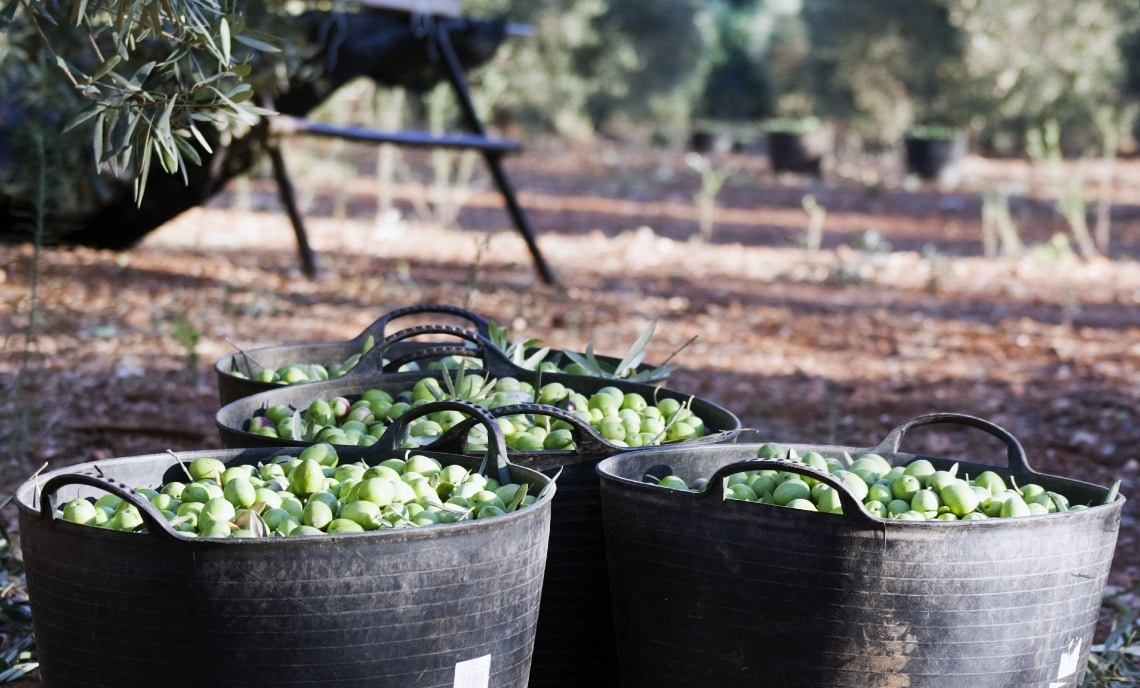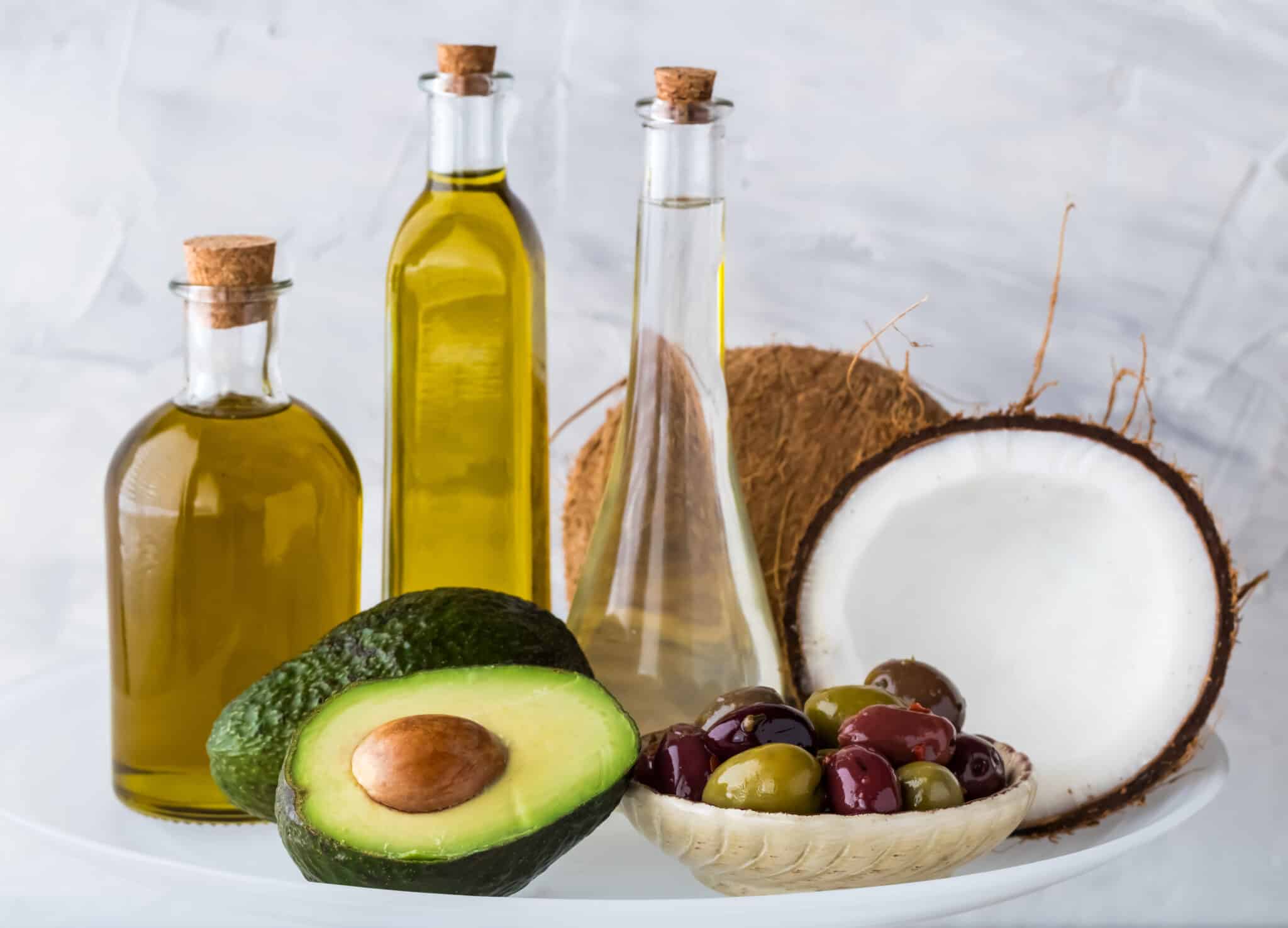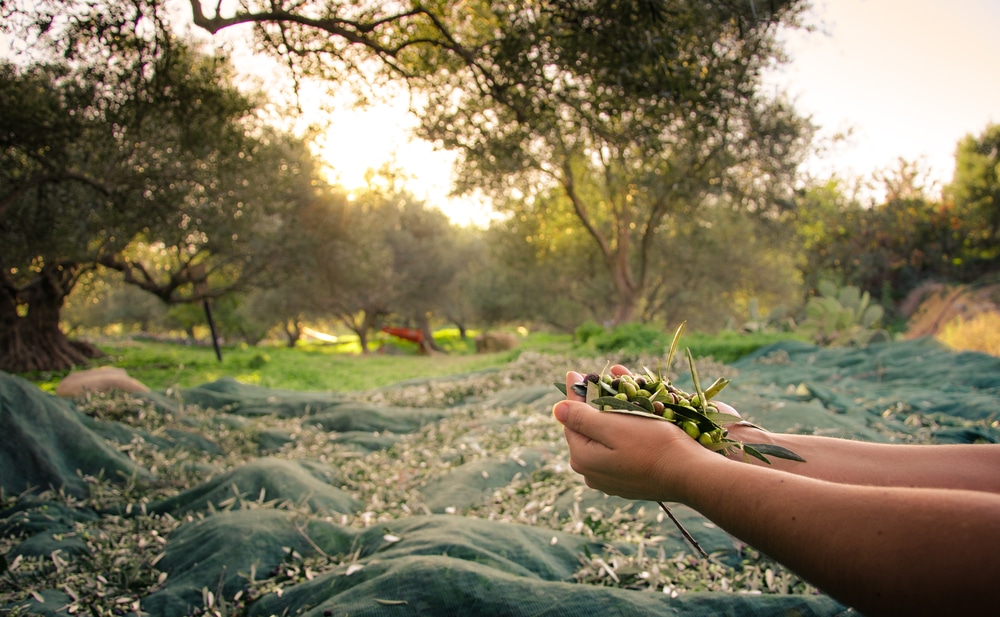Traditional olive oil making has become a golden legacy and a time-honored tradition whose essence has hardly changed over the centuries. Although new technologies have improved the oil extraction process, techniques that are very similar to the classic mode of operation are still used. Let’s see what this consists of.
First, once olives reach the mill, they are washed, classified and stored . Upon completing these steps, the actual olive oil is prepared. The process of making olive oil is divided into 3 phases plus 1.
- Grinding
- Pressing
- Decantation
- Storage
The step-by-step process of making olive oil
Before delving into each phase, we should first take a look at where the oil comes from. This type of oil is found in the small vacuoles of olives. Extracting it involves breaking the fruit and making a paste that is then filtered and separated from the byproduct that results from grinding.
1. GRINDING
The grinding step (a technique for crushing the olives) has traditionally been done with stone mills. It was also common for olives to be ground using animal-powered or manual devices. This process creates an olive paste that continues on to the pressing phase.
2. PRESSING
The resulting paste is spread onto fibrous esparto straw disks that are then stacked to a certain height, forming a pile. The liquid is released, leaving the rest of the product soaked on the disks. Interestingly, the pressing process does not always produce the same quantity of olive oil, as this depends on the amount of paste and its consistency.
3. DECANTATION
The oily juice is poured into a bottle or container. Due to the differences in density within the composition of the watery juice substance, the oil floats to the top while the water (along with other remnants) sinks to the bottom of the container.
4. STORAGE
Although the oil extraction process ends here, in practice, a number of 18th-century texts describe the oil storage method as the final step. This settling phase eliminates some of the bitter aromas in the oil, while creating sweet and pleasant sensations along with certain nuances.
And with this we conclude our explanation of traditional olive oil making. There is another post with additional information about the history of olive oil. Would you like to join us and travel back in time?





